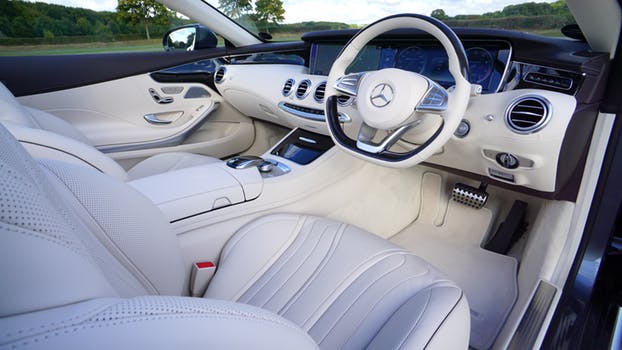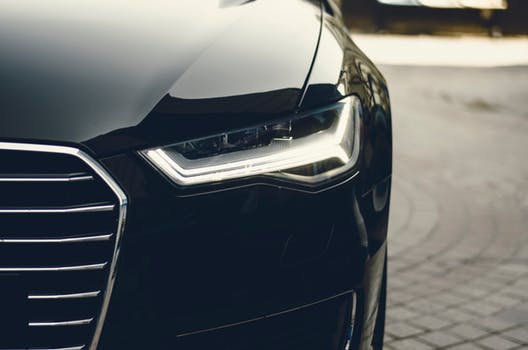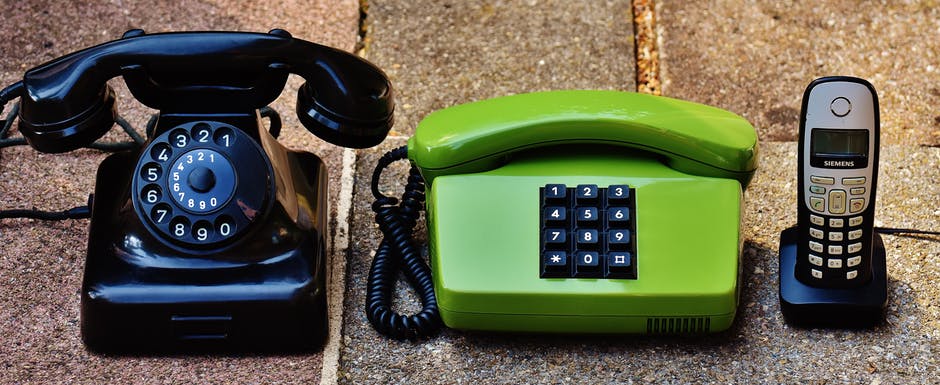Being Fuel Efficient Will Save Money.
22nd June 2018Being fuel efficient will help you to save money, whilst being environmentally friendly.
If you are on the road for a significant amount of your day, you will no doubt have a sophisticated, detailed internal navigation system. It tells you where the best services are, tastiest sandwiches, strongest coffee and delicious 4pm snacks. And not to mention ……. petrol stations! Some people have an inbuilt calculation device, allowing them to compare petrol prices of all petrol stations within a 50 mile radius. Thus getting the cheapest tank of fuel.
So, until you win the lottery or ‘go global’, getting the most out of your tank is essential. Using the tips below will save you money.
Being Fuel Efficient – Our Top 5 Ways.
1. Be more aerodynamic
Being aerodynamic will help you to save money. Did you know roof racks and storage boxes create wind resistance which increases fuel consumption? Try to keep windows closed when you are travelling at high speeds, as this will also make the car more fuel efficient.
2. Remove unnecessary weight
Having heavy items in the vehicle that you do not need, slows the car down. It might not be a set of golf clubs, but keeping unnecessary items in the boot will cost money. Remember – a lighter car uses less fuel.
3. Be kind to your tyres
Looking after your tyres has probably been drilled into you from a young age. Well maintained tyres are essential for economical driving as well as for the obvious safety reasons. The RAC have recently stated that correctly inflated tyres can improve fuel consumption by up to 2%. This might not sound much but it all adds up!
4. Sensible driving
Again, we should all drive sensibly on the roads anyway, but key aspects of this mindset will reduce your fuel consumption. Some motorists drive to high revs before changing gear, which burns more fuel than accelerating smoothly. Even driving gently along a road with speed bumps is more fuel efficient than the heavy braking and heavy accelerating some road users choose to adopt.
5. Avoid the rush hour
Not everyone will have the luxury of avoiding the rush hour, but if you can, do. The continuous braking then accelerating uses far more fuel than if you were driving at a smooth, constant speed.
(5 ½). Avoid travelling
With technology advancing, consider whether the journey is actually necessary. Whilst there is nothing quite as good as a face to face meeting, video conferencing such as Skype comes close, and data can be scanned and emailed by either email or through secure portals.

So what costs you can claim?
Unfortunately, there will be costs with travelling, and so it is important to maximise the tax relief you get on these costs.
Employees can look to claim mileages from their employer at the rate of 45p per mile, or 25p per mile after the first 10,000 miles undertaken from 5th April.
However, your employer is not obliged to reimburse these costs, or if they do, then they may pay you less than the 45p a mile.
If they do not reimburse you for full amount, you can claim personal tax relief on the amounts not claimed – saving you either 20% or 40% in personal tax.
So, if you did 10,000 miles for which you received 10p a mile, you can claim back form HM Revenue and Customs tax relief of £3,500. For a 20% tax payer, this is £700, and a higher rate tax payer can claim back £1,400 in tax. It feels nice to get a cheque back from HM Revenue and Customs for this!
For Limited Companies, there are two ways of gaining tax relief on your travel costs. The more tax efficient way depends in a number of factors, including the CO2 emissions of the car, the number of miles undertaken and the split between personal and business mileages.
45p a mile
If the car is your personal car, then you should pay for all of the costs – including petrol – personally.
You can then claim 45p per mile (for the first 10,000 miles undertaken from 6th April, thereafter 25p per mile for business mileages.
Business mileages are from the principal place of work to other locations undertaken for business purposes. So no home to work miles can be claimed, but other journeys can be claimed.

The company receives corporation tax relief on these payments, and the individual does not pay any tax on these payments – saving potentially 40% in income tax and 12% in national insurance.
The individual should provide detailed mileage logs, including the date travelled, the start point, the end point, the purpose of the journey and the number of miles undertaken.
As you have probably worked out, the 45p is in excess of the cost of the petrol – it includes a contribution to your insurance, wear and tear to your care (tyres etc) and servicing costs.

The company can then claim VAT on the petrol element only of the 45p per mile. These can be found at https://www.gov.uk/government/publications/advisory-fuel-rates and they are subject to change each month.
In order to claim the VAT, you should submit fuel VAT receipts to the company, where the VAT element is in excess of the VAT claimed. It is not uncommon to submit one VAT receipt each month to the company.
Company To Pay
The alternative is for the company to pay for all fuel, and you are then charged a benefit in kind for the personal element. This is then taxed on the individual as salary and therefore subject to income tax.
The amount is calculated with reference to the CO2 emissions of the car, and is a flat rate. Therefore, if you do a large amount of personal miles, it may be worth opting for the flat rate benefit in kind.

The company then pays for all fuel and can claim the VAT back on the petrol. It also gains corporation tax relief on the fuel costs, although it does need to pay Employers National insurance of 13.8% on the benefit in kind.
Company fuel can be provided whether the car is owned by the company or individually. However, if the car is owned by the company and used personally by the individual, then there is an additional benefit in kind for the use of the car. Again, at a flat rate depending on the list price of the car, and the CO2 emissions.
For Sole Traders, again there is a choice to be made as to how to claim the costs for tax relief.
45p route
This follows the same rules as for companies, in that mileage claim should be submitted.
Again, VAT can be claimed by the sole trade on the fuel element of the claim.
Actual Costs
The business can pay for all fuel, and other motor expenses (insurance, servicing, repairs). An adjustment can then be made for the percentage of petrol used for personal use.
The business can claim VAT on the fuel, but if there is any personal use, then the business should add back the scale charge – a flat rate amount – for the VAT on the personal use. Alternatively, the sole trader may opt to not claim any VAT back on the petrol costs and not put through the scale charge.
So which route is best for me?
As detailed earlier, there is no hard and fast rule as to which is best. It is a case of “crunching the numbers” for your personal circumstances. At Simas Accounting & Tax, being fuel efficient is something we can support you with. So why not give us a call or email us.
Striving to be the first choice accountants for small businesses.





